
Outdoor Living
We unite suppliers and green industry professionals worldwide
Xylosma (Xylosma congestum) is a versatile, evergreen shrub prized for its glossy green foliage and dense growth habit.
By Victor Miller
|Published on June 05, 2025
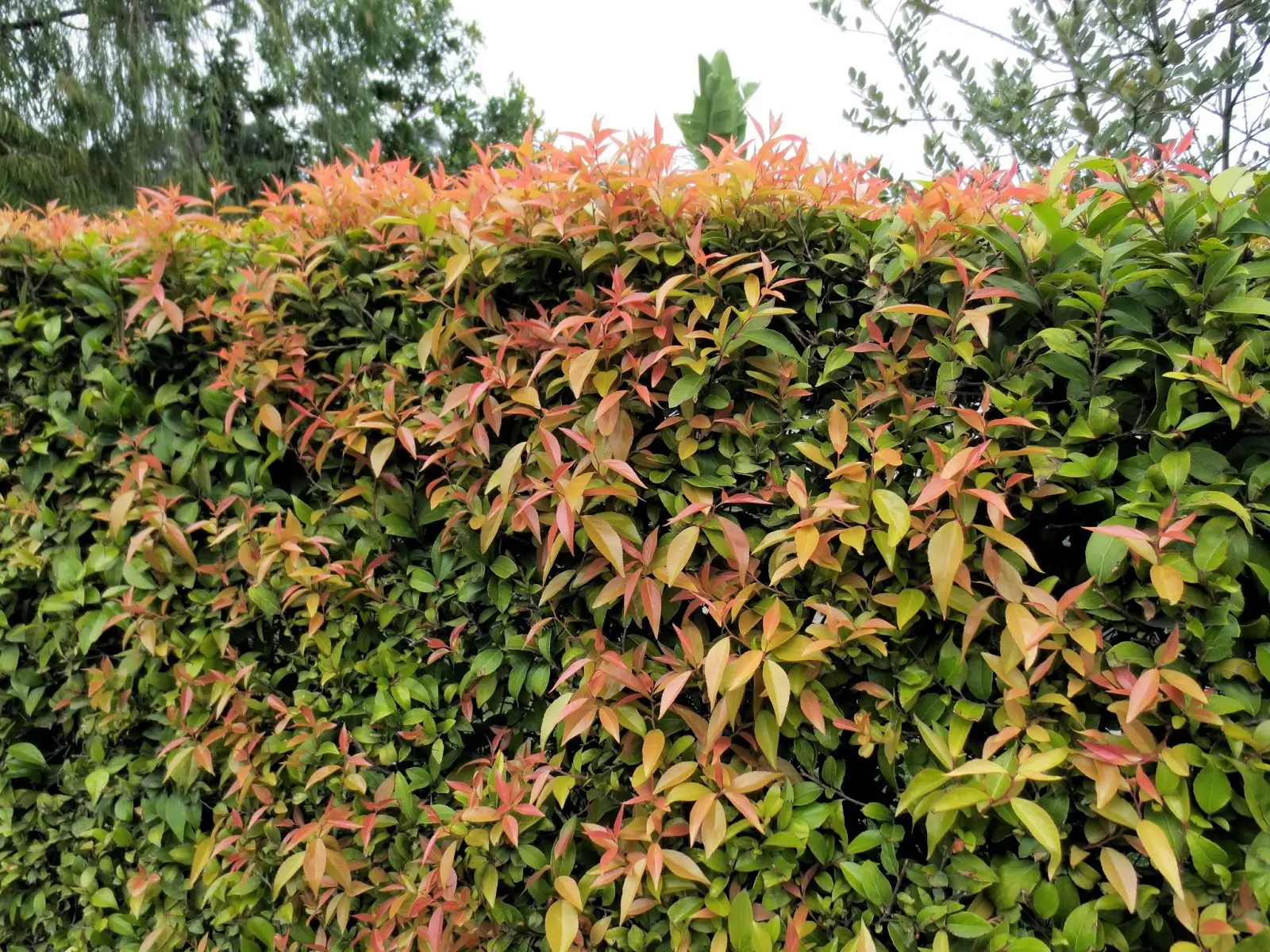

Have you ever met a shrub so versatile it moonlights as both a hedge and a pollinator magnet?
Xylosma (Xylosma congestum) is a versatile, evergreen shrub prized for its glossy green foliage and dense growth habit. Native to Asia, it is used extensively for both formal landscapes and naturalized plantings in warmer climates. With arching branches and a fast growth rate, it’s commonly grown as a hedge, privacy screen or background shrub.
Though relatively understated in flower and fruit, its low maintenance needs and adaptability make it a standout performer in a wide range of garden settings. Whether shaped into topiary or allowed to grow freely, Xylosma adds reliable greenery and texture to the garden all year.
| Botanical Name | Xylosma congestum |
| Common Names | Xylosma, Shiny Xylosma, Brushholly |
| Type | It is a Broadleaf evergreen shrub |
| Height | It is 6-12ft of height (Can be taller if not pruned. Up to 20 ft) |
| Light needs | It thrives in full sun to part shade |
| Soil | It likes well-drained, medium, fertile soil |
| Water needs | Water low to medium once established |
| Hardiness Zones | Hardiness Zones is 8–11 (USDA) |
| Bloom time | It blooms in spring to early summer |

September 05, 2025
9 minute read
September 05, 2025
19 minute read
September 05, 2025
19 minute read
September 04, 2025
24 minute read


Join as a seller and connect with thousands of B2B buyers nationwide!
Sign Up
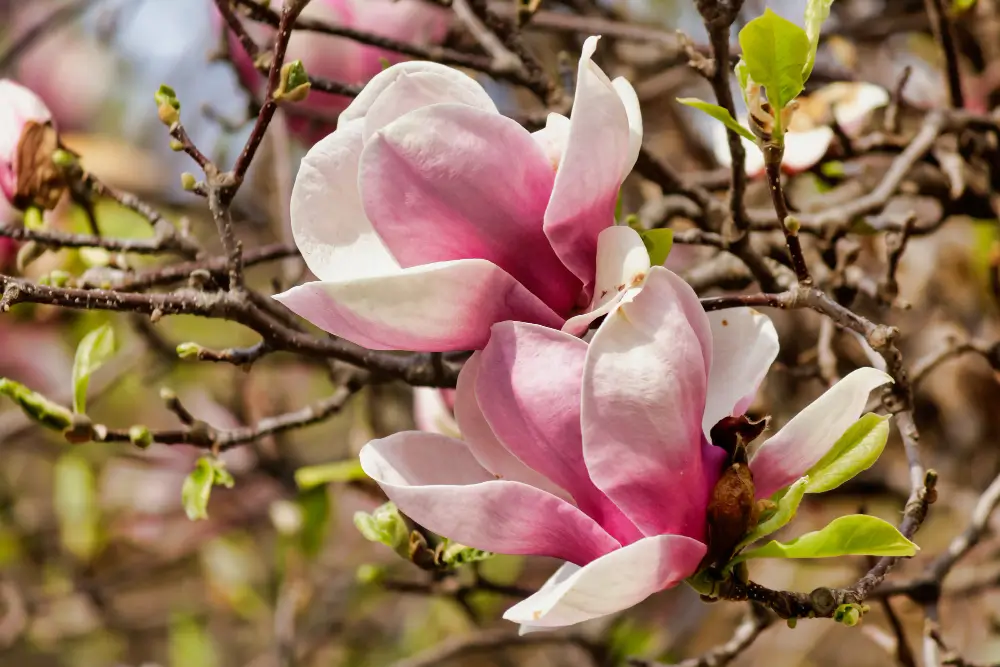
Magnolia ‘Ann’
This compact deciduous magnolia explodes with tulip-shaped, deep purple-red blooms in early spring as winter fades. Unlike many other magnolia varieties, ‘Ann’ is prized for its cold hardiness, manageable size and a second flush of flowers later in the se
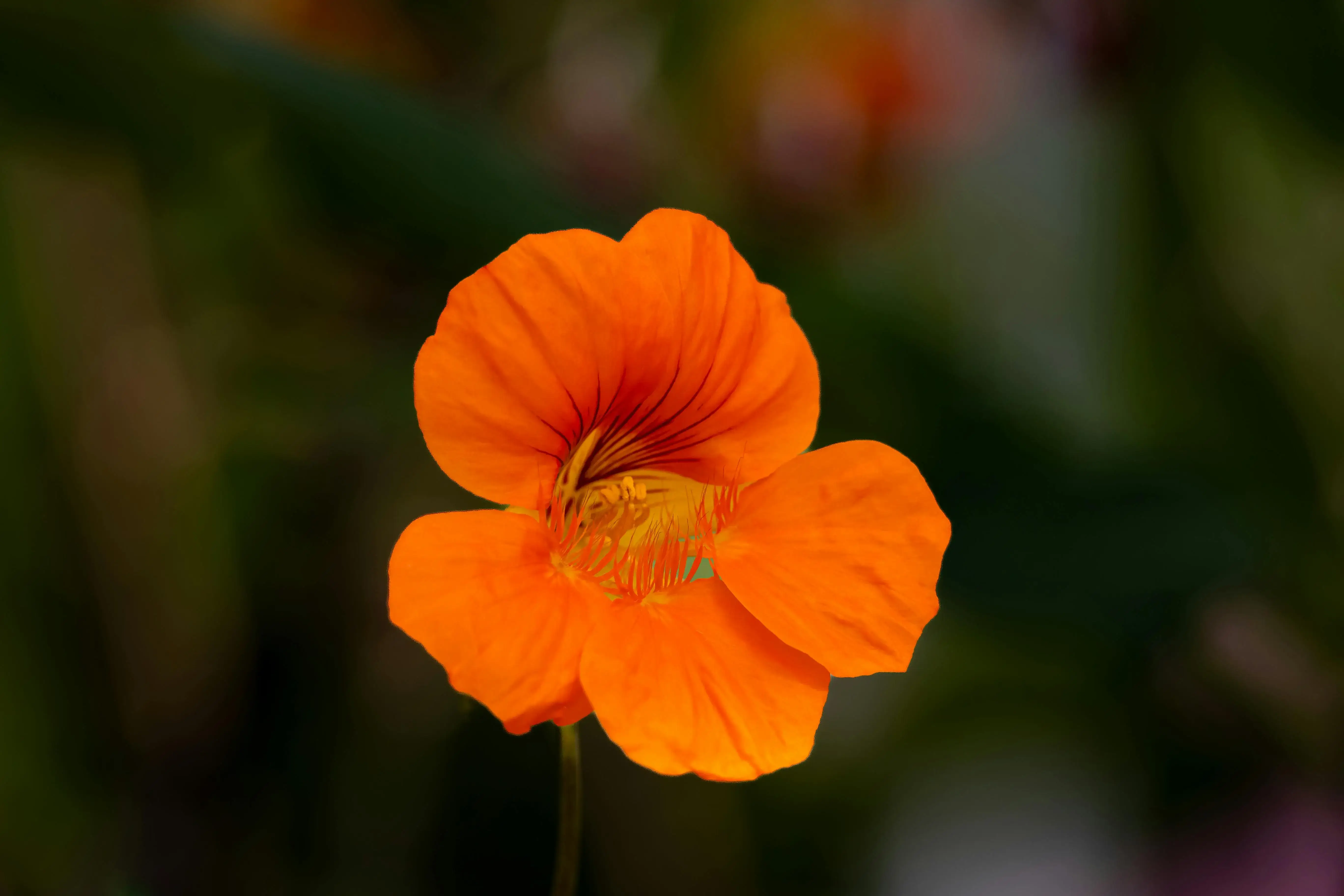
Nasturtium
Nasturtiums are a delightful combination of bright, cheerful blooms and edible leaves, flowers, and seeds. These easy-to-grow annuals are as much at home in the vegetable patch as they are trailing from a hanging basket or brightening a dull corner of the
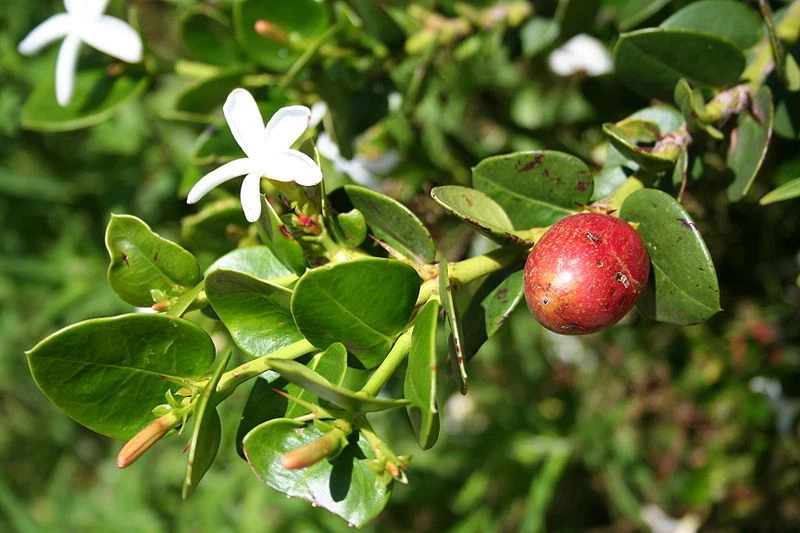
Natal Plum
Natal Plum is a glossy, evergreen shrub that’s as practical as it is beautiful. This plant is loved not only for attractive little star-shaped flowers, but also for its juicy, red fruit, which is quite comparable to a sweet cranberry-strawberry mix.
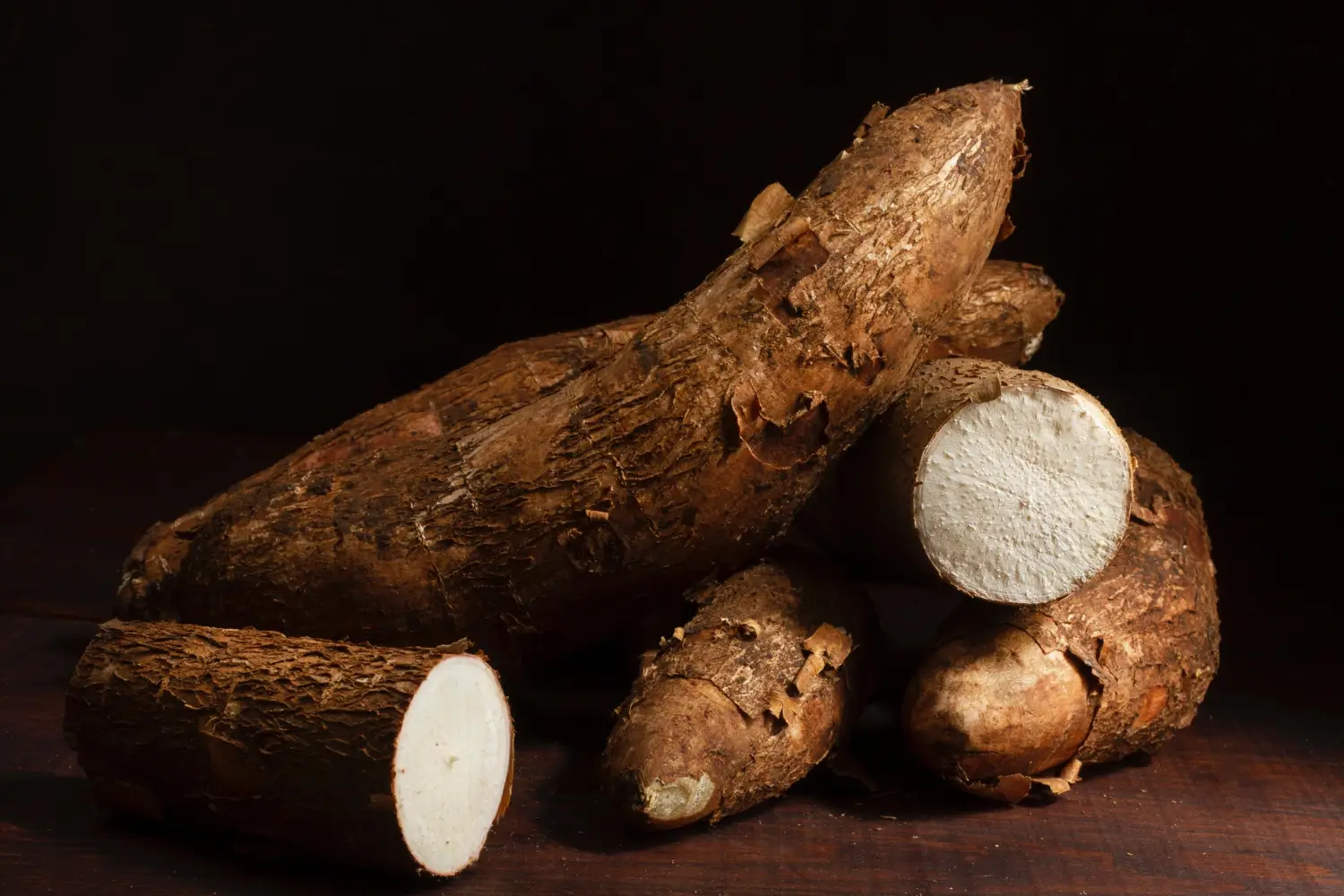
Tapioca
A Tropical Root Crop That’s as Beautiful as It Is Useful
Xylosma is known for its low maintenance and versatility. After it is established, it can stand some drought and various soil conditions. It’s happiest in full sun, but also fine in dappled light, which makes it a smart choice for varied landscapes. As a hedge, it responds well to regular shaping, but when left to grow naturally, it forms a softly cascading shrub. Plant in spring or fall, water regularly during the first growing season, and apply mulch to retain moisture and suppress weeds.
Xylosma does best in conditions of full sun exposure, as this will encourage thicker foliage and brighter coloring. It withstands some shade, especially in hot climates where afternoon shade can protect the leaves from scorching. Full shade may cause the plant to grow a bit leggy and sparse, so make sure the plant receives at least 4–6 hours of direct sun each day for a healthy, full look.
Xylosma does not mind the soil, as long as it is well-draining. It can grow in a wide range of soils - sandy, loamy, or even clay soils - but prefers moderately fertile conditions. Xylosma is fairly tolerant of slightly acidic to near-neutral pH, but it will appreciate some added organic matter at planting to encourage healthy root development and sustained growth.
Newly planted Xylosma requires regular watering to help establish its roots. Once established, it's moderately drought tolerant, making it a great addition to water-wise landscapes. During long periods without rainfall, an occasional deep watering will keep it robust and prevent stress on foliage. Don’t overwater as too much water can cause root rot.
Xylosma is a quick grower that responds well to occasional pruning for shape and vitality. In formal landscapes, it can be tightly clipped into a dense hedge, while more relaxed gardens can let it sprawl slightly for a soft, natural look.
Xylosma are most easily propagated by semi-hardwood cuttings, though seeds can also be used with patience.
From cuttings:
From seeds:
Xylosma can do well in containers — just select a big enough pot and give it proper care.
It is evergreen in USDA zones 8–11 and needs no special winter care. In colder areas, treat it as a container plant and bring indoors.
For container plants in cold zones:
Xylosma’s flowers may be small, but they’re mighty in fragrance and wildlife appeal.
Xylosma is a tough, low-maintenance plant but, like all landscape shrubs, it can experience a few problems, especially when stressed by bad site conditions or neglect. While serious pests and diseases are uncommon, it helps to monitor the plant and address small issues before they escalate.
No known toxicity to humans or pets, but always supervise pets around ornamental plants.
Not ideal due to its size and light needs, but small potted specimens can be overwintered indoors.
Very fast — can reach 12 to 24 inches or more in a year under good conditions.
Spring or fall is the best time, allowing roots to establish in milder weather.
Yes! Birds enjoy the berries, and pollinators visit its tiny flowers.

Outdoor Living
Victor Miller
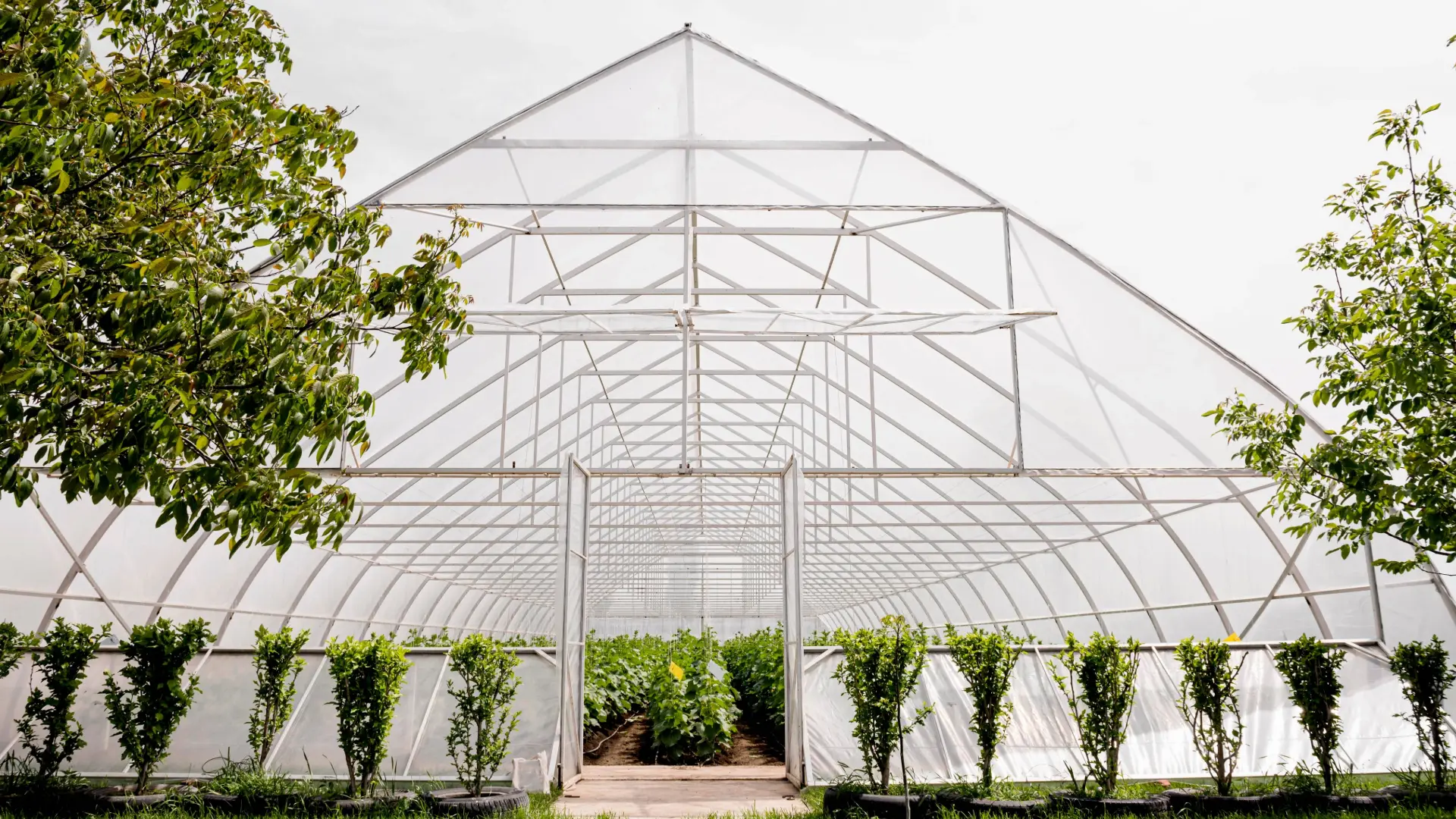
Greenhouse Growing
Gina Lazaarus

Agricultural Policy & Innovation
Gina Lazaarus

Software & Robotics
Gina Lazaarus

Organic & Natural Pest Solutions
Victor Miller
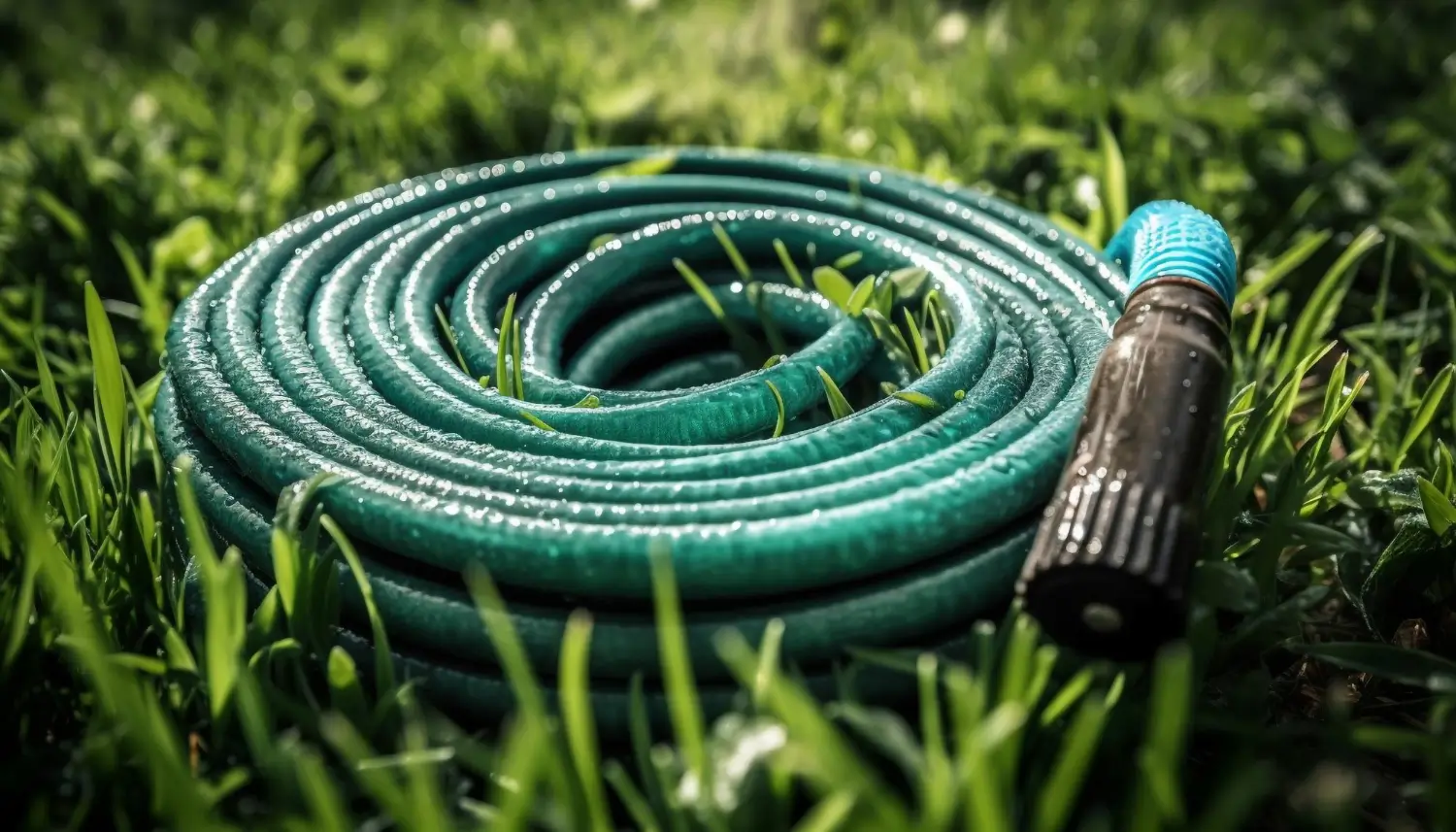
Irrigation System Design & Tips
Victor Miller

Construction Tips & Techniques
Victor Miller
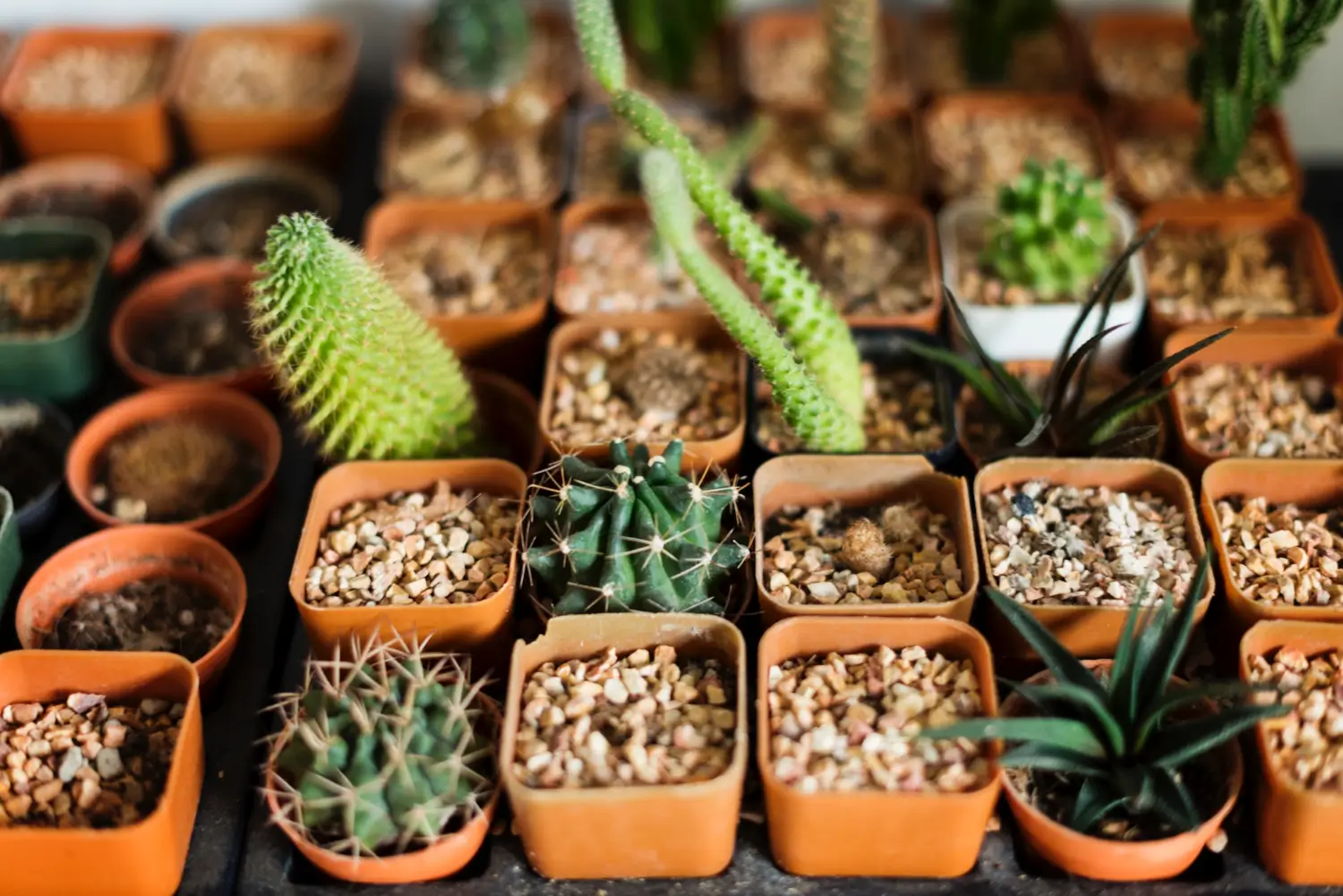
Lawn Care Tips & Maintenance
Victor Miller
My Account
Our team is always here to help.
We are open Monday - Friday, 9:00 AM to 4:30 PM PST.